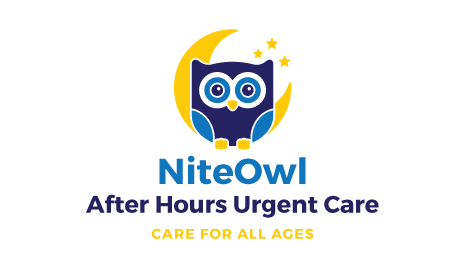 Common among children ages 10 and younger, hand, foot and mouth disease is a viral infection that causes painful, red blisters aforementioned areas. The disease can be caused by a number of different viruses, most frequently the Coxsackie virus.
Common among children ages 10 and younger, hand, foot and mouth disease is a viral infection that causes painful, red blisters aforementioned areas. The disease can be caused by a number of different viruses, most frequently the Coxsackie virus.
Q: What are the symptoms of hand, foot and mouth disease? A: A fever and sore throat are common early symptoms of the disease. Some children also experience a reduced appetite and runny nose. In the days following the early symptoms, a small blister like rash will develop inside the mouth, on the palms and soles of the child’s feet. In some cases, sores may also appear on the knees, elbows and buttocks.
Q: How does hand, foot and mouth disease spread? A: The disease is contagious and can be easily spread through unwashed hands, saliva, mucus or discharge from the blisters. It is common in preschools, day cares and other places where children are in close contact with one another.
Q: How long is a child with the disease contagious? A: Children with hand, foot and mouth disease are most contagious during the first week of symptoms, but may remain contagious until the rash has disappeared. The disease will typically go away on its own after 7 to 10 days. To prevent the spread of the disease, ensure that your child is fever and symptom free before returning to school.
Q: What is the treatment for hand, foot and mouth disease? A: While there is no specific treatment for the disease, you are able to treat the symptoms. Acetaminophen or ibuprofen can be administered to reduce aches and fevers. If your child experiences mouth sores, avoid hot drinks, sodas or acidic foods as these can amplify pain. Ice cream and popsicles can help to keep children hydrated and comfortable. Calamine, or other anti-itch lotions can also provide relief.
Q: Can hand, foot and mouth disease be prevented? A: Like many other conditions, prevention is the best way to reduce the spread of the disease. Hand washing is the best form of defense. Encourage the entire family to thoroughly wash their hands after using the bathroom or changing diapers and before and after food preparation. Properly cleaning toys can also help to reduce the spread of the disease.
